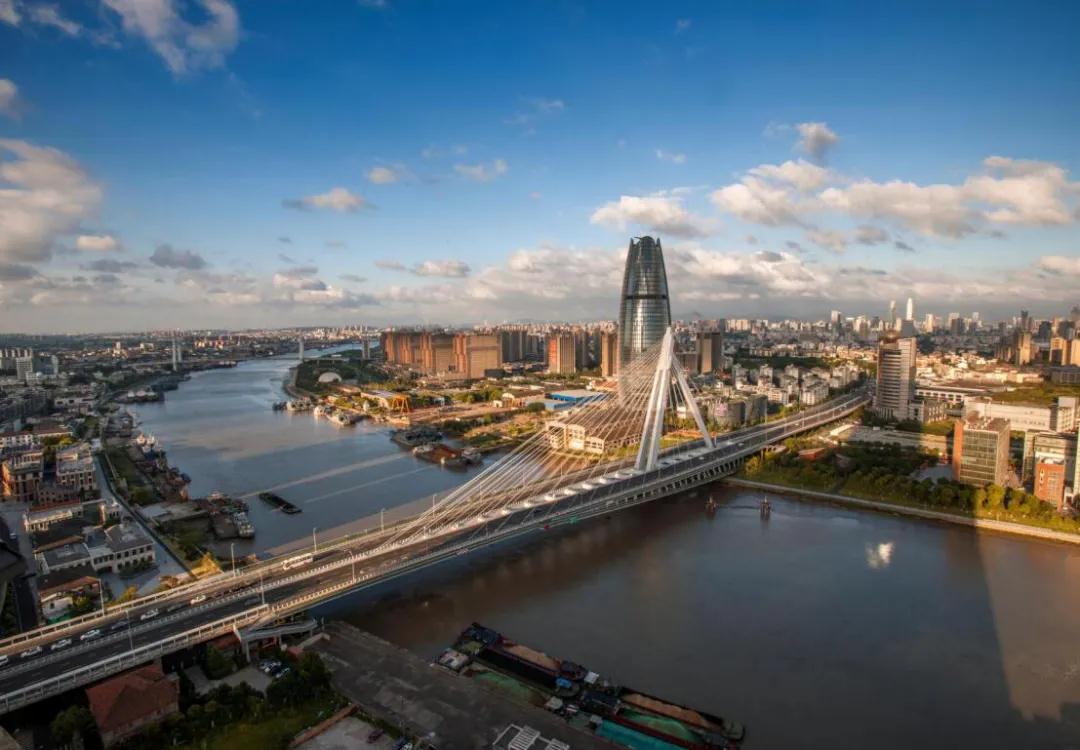Ningbo's economy sees steady recovery in H1

The regional gross domestic product (GDP) of Ningbo dips 0.6 percent year-on-year to 548.72 billion yuan ($79.52 billion) in the first half of this year. [Photo/WeChat account: nbfb0574]
Ningbo in East China's Zhejiang province has gradually overcome the impact of the COVID-19 epidemic in H1 and shown a stable economic recovery. Its economic output posted positive growth in the April-June quarter after bouncing back from its year-on-year contraction in the first quarter of the year.
The regional gross domestic product (GDP) of the city dipped 0.6 percent year-on-year to 548.72 billion yuan ($79.52 billion) in the first half of the year, local authorities said on July 23.
The added value of the city's primary and tertiary industries reached 15.25 billion yuan and 284.41 billion yuan, representing growth rates of 2 percent and 1 percent respectively, while the added value for the secondary industry slid 2.3 percent to 249.06 billion yuan, according to preliminary statistics released by the Ningbo Bureau of Statistics.
From January to June, the industrial output among companies above designated size in the city shrank 1 percent year-on-year to 180.96 billion yuan. The declining rate narrowed by 10.8 percent from the first quarter.
Fixed asset investment expanded 3.5 percent over the period, 9.9 percent higher than in the first quarter.
The city's total retail sales of consumer goods in Ningbo were valued at 180.85 billion yuan, down 5.7 percent year-on-year, among which, online retail sales among the above-quota wholesale and retail enterprises in the city surged 27 percent to 12.01 billion yuan.
Its imports and exports totaled 430.75 billion yuan, down 0.6 percent year-on-year.
Specifically, the city's exports stood at 278.92 billion yuan, representing a 0.3 percent year-on-year increase, while imports slid 2.2 percent to 151.83 billion yuan.
The city's fiscal revenue decreased 4.7 percent to 164.84 billion yuan over the six-month period.
Its overall per capita disposable income increased by 2.2 percent to 31,871 yuan in H1. The per capita disposable income of urban residents rose 2.1 percent to 36,289 yuan, while the figure for rural residents was 20,929 yuan, representing an increase of 2.8 percent.

 Print
Print Mail
Mail
 20 Cultural Symbols
20 Cultural Symbols Why Zhejiang
Why Zhejiang Experiencing high-tech products at WIC
Experiencing high-tech products at WIC Zhejiang Release
Zhejiang Release Zhejiang News
Zhejiang News